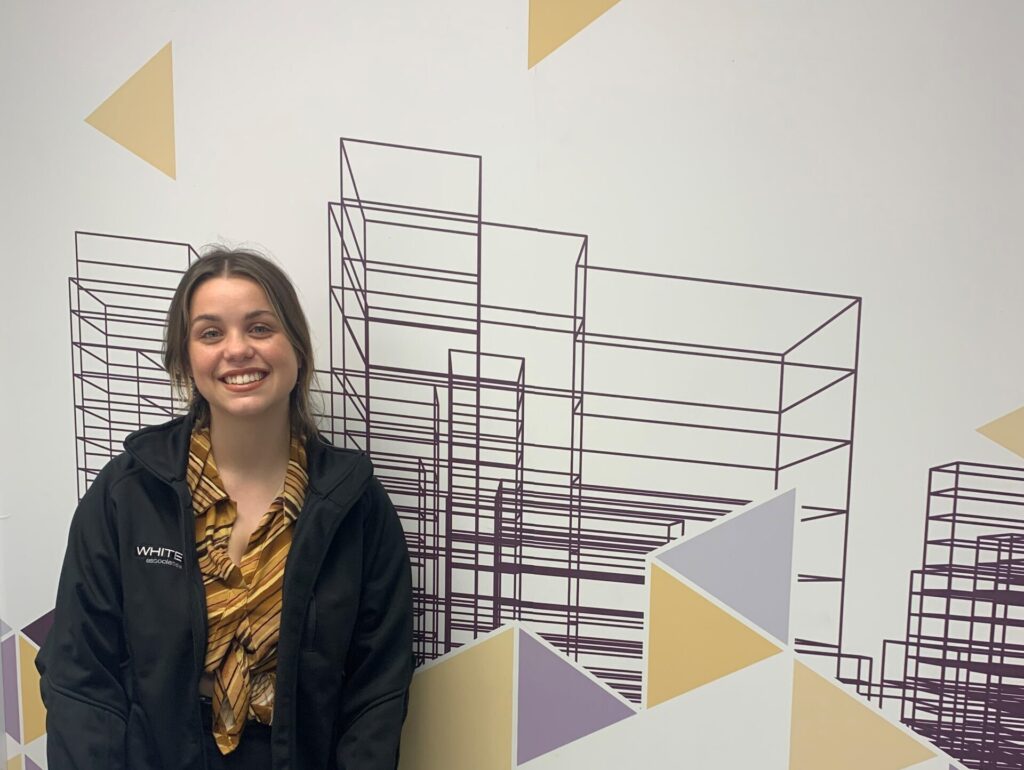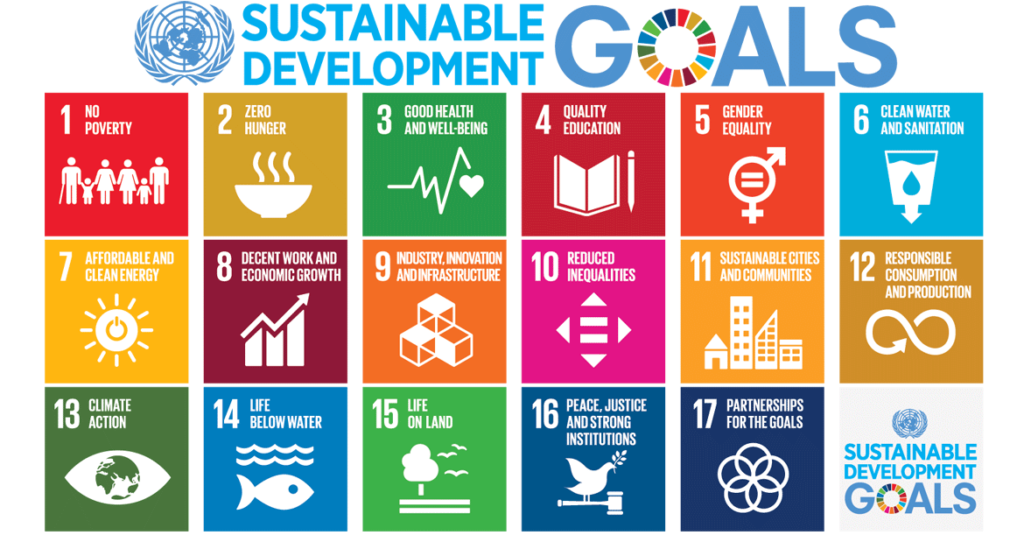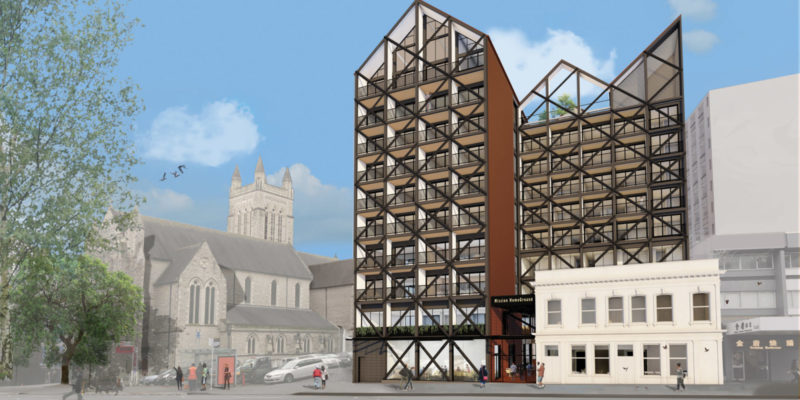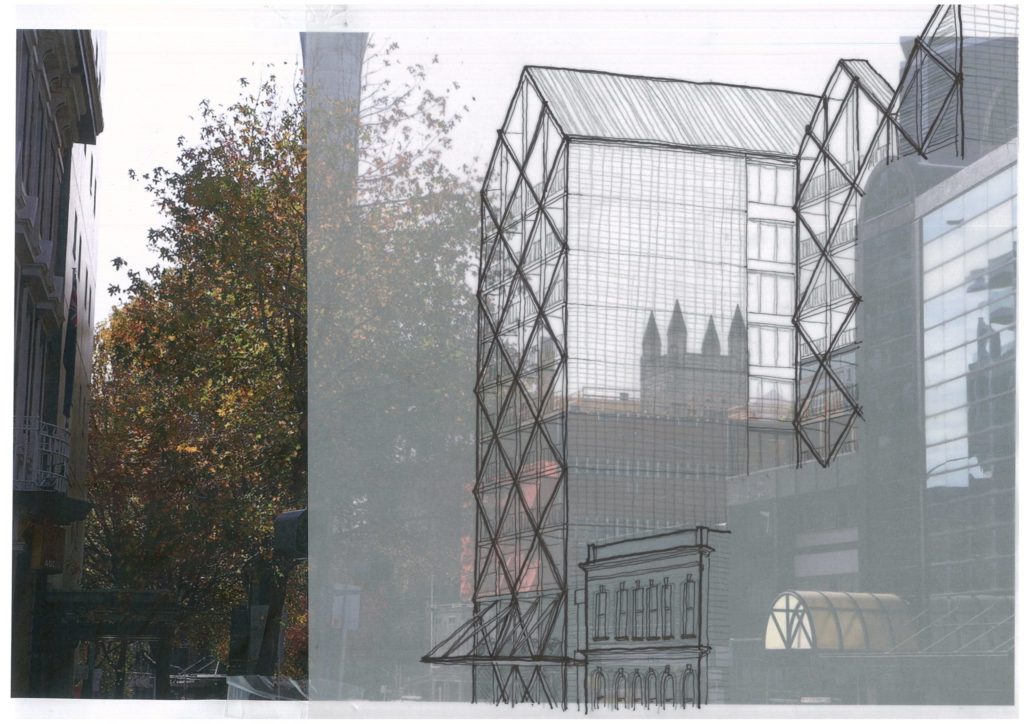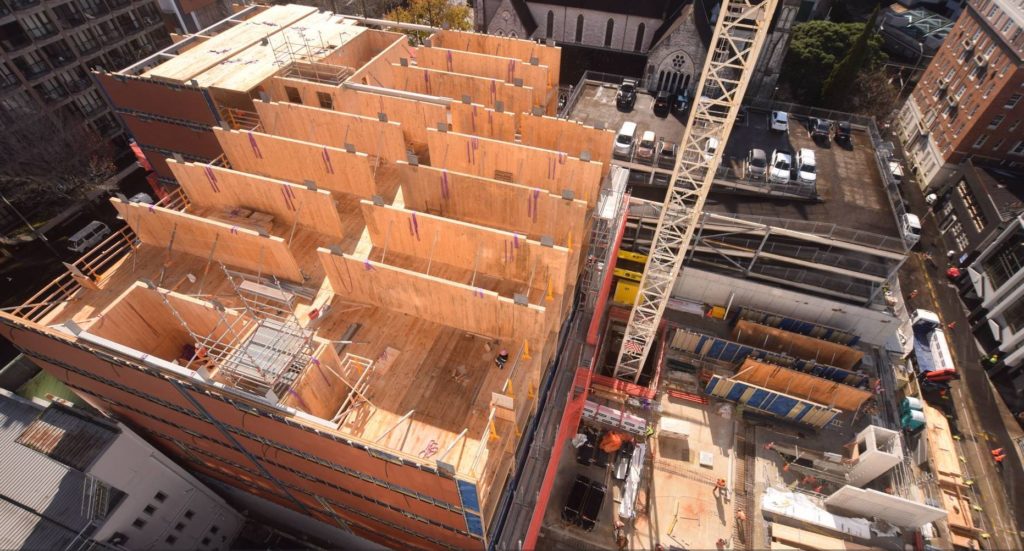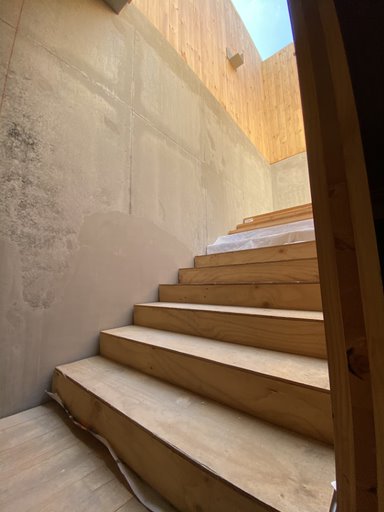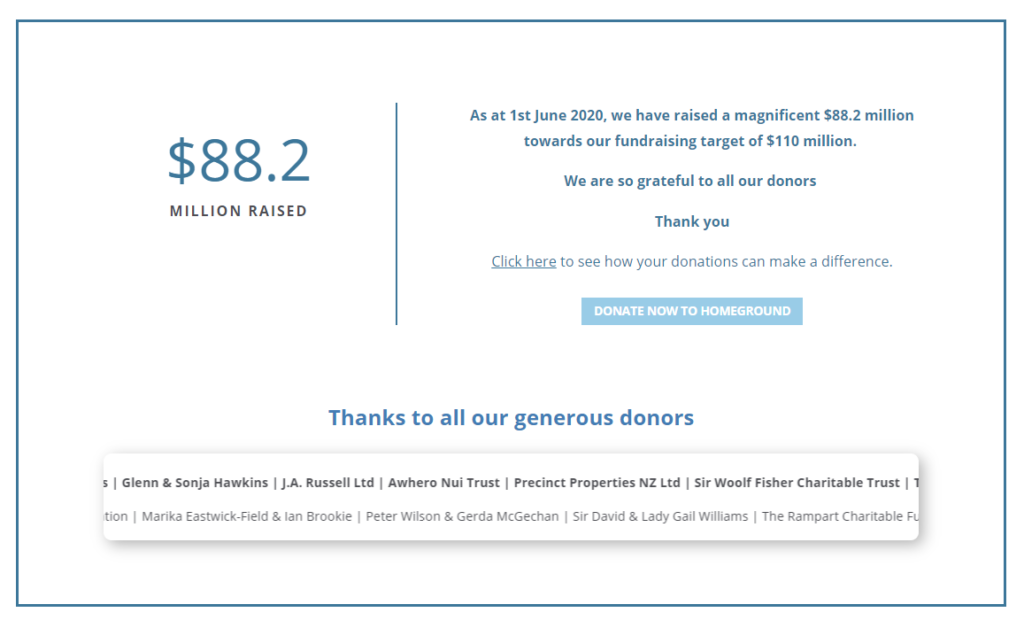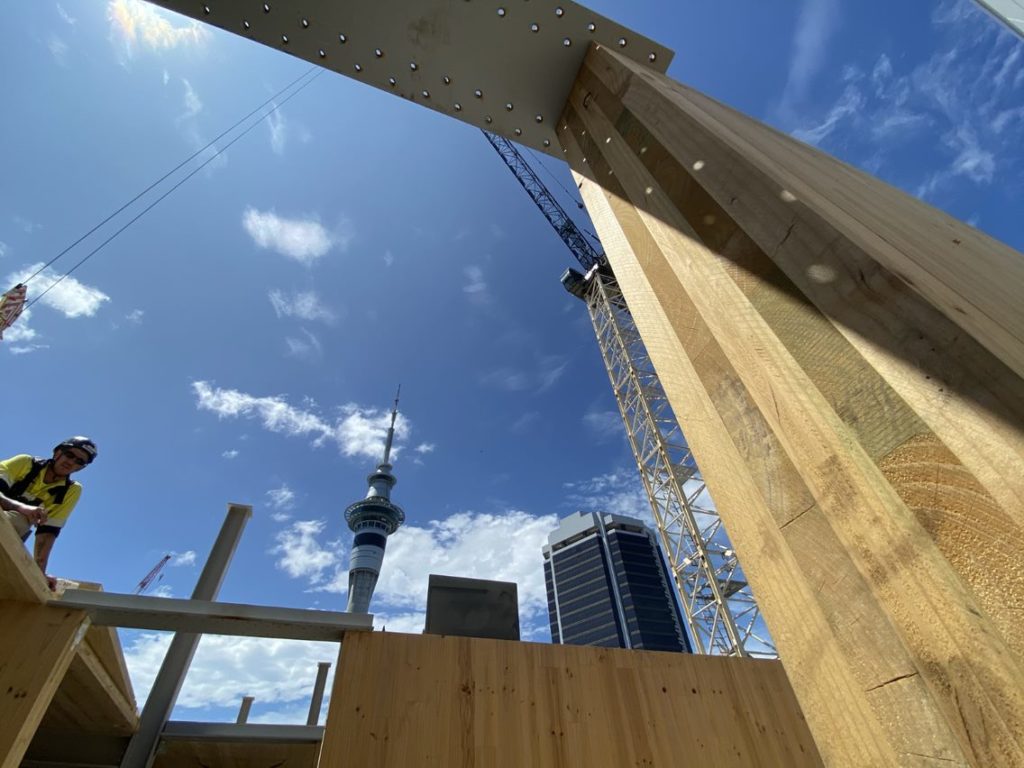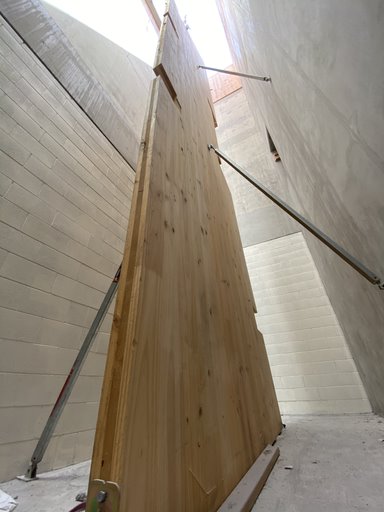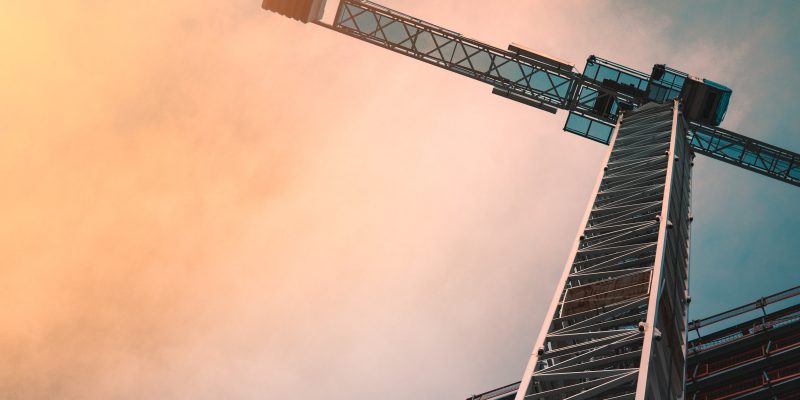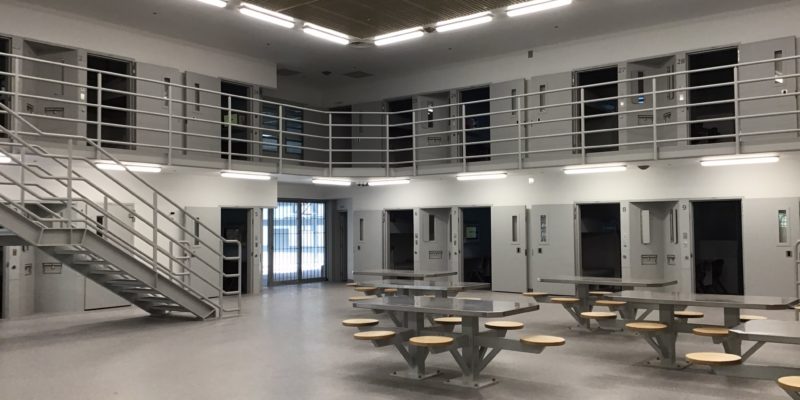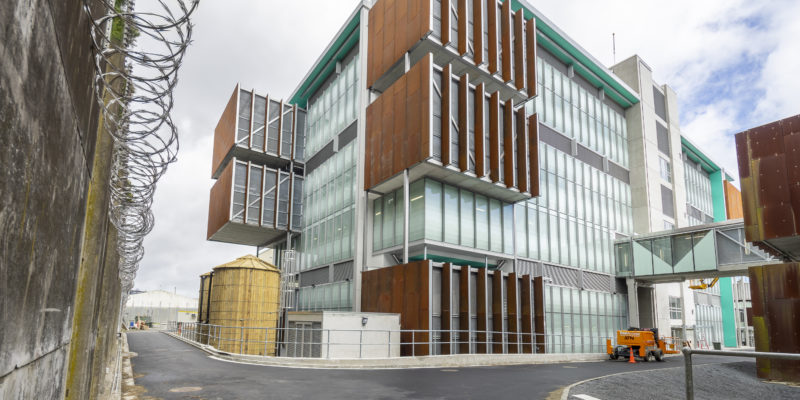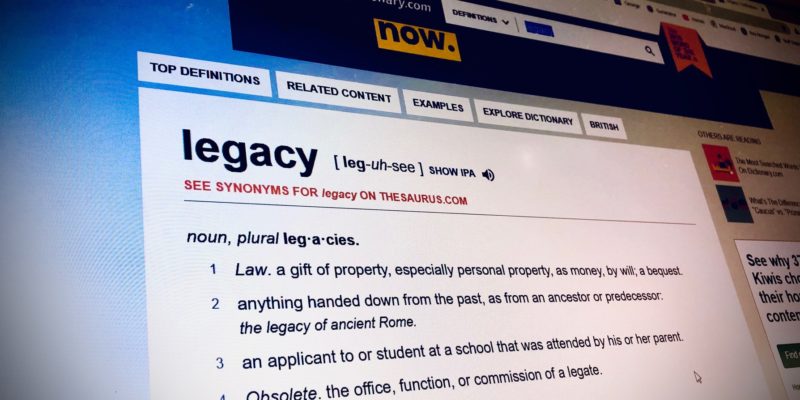Long ago, in the dim and distant days before Covid, White Associates took an evolutionary leap forward as a company. Inspired by the announcement of the Wellbeing Budget in 2018, and realising the importance of the opportunities offered by the Construction Accord and Broader Outcomes, we created a framework to deliver on these documents and help us start an altogether new journey as a business.
This decision was grounded in the company’s desire to contribute to the potential of New Zealand, not be a drain on it, says Michelle Pou, White Associates’ Business Manager.
“At White Associates, we know that the work we do, and the way we do it as a team of people, contribute to the sustainability of the economic, social, environmental and cultural world we inhabit in New Zealand.
“We understand that we enable projects to take place through identifying risks and dependable costs through the lifecycle of each asset we’re involved with, which can last for many decades. We’retherefore not overstepping the mark by acknowledging that we play a role in the stewardship of the health, safety and environment of the people around us.
This means, she says, that it became obvious to the team that it was necessary to change White Associates’ game in this area, consigning the old CSR plan to history and taking a new approach.
“We wanted to create a new structure to help us identify and deliver initiatives that can benefit the people and world around us.
“We therefore spent time creating and debating a framework to guide our actions in the office and on projects – a simple structure to deliver tangible benefits for our communities as we go about our business.”
Activating our own Broader Outcomes approach in delivery
All positive so far. However, it then became clear that this important project also offered an opportunity to put the Broader Outcomes into practice by developing the skills of White Associates’ own people in its implementation.
As Education is one of the key values of the company, it seemed a perfect fit to involve Gabi Rayneau, a member of the White Associates team who is also in her third year of a Bachelor of Business degree at AUT, majoring in Sustainable Enterprise and Management. Working alongside Michelle to deliver the project, it has become a powerful training and development opportunity at the same time as delivering tangible value to the company.
As part of the course, students are required to undertake a nine-week, full-time work placement in an environment directly related to their major. Described as ‘co-operative education’, the placement is designed to help graduates to hit the ground running with workplace experience in their chosen field.
Fleshing out a framework
Gabi is using this placement to flesh out White Associates’ framework under the social, sustainable, economic and cultural headings, and to develop KPIs to measure the company’s activity and performance as a sustainable enterprise.
“Sustainable Enterprise is about business of the future,”
she says.
“It focuses on the role of business and organisations in supporting both social and environmental sustainability. We learn to strategize, engage, and negotiate with a wide range of stakeholders, including community, retailers, suppliers, consumers, and NGOs. Sustainable enterprise informs consumer choices, provides community services, drives environmental projects, and transforms organisational strategies and practices.”
The opportunity to carry out the placement was a big part of Gabi’s attraction to White Associates.
“When I originally applied for a job at White Associates, they talked about what they were doing in the world of sustainability. I thought it would be a great challenge; a really good opportunity to understand how a business of this type works, while developing activities and approaches in this important area.”
Surveying White Associates’ goals and activities
Using the UN Sustainable Development Goals (SDGs) as a framework to benchmark performance, Gabi is undertaking a survey of the goals that White Associates people are interested in achieving, and across which social performance areas. She will also examine the company’s delivery efforts to date, using the framework to evaluate performance against the SDGs, before presenting her findings to the management team. Once over these hurdles, Gabi will then create a series of new policies and delivery plans.
“By using these goals as general guidance for the targets we set for our business,”
she says,
“I aim to connect the activities we are already doing to the SDGs, measure performance, and then find aspects of sustainability to focus on that are of use to everyone. It’s all about strengthening the efforts that are already in place, and developing new goals and initiatives for our business to implement and integrate over the course of three years. It is a tremendous opportunity for me to understand how sustainability fits within the world of quantity surveying, so I can help the team as they go out onto site.”
Alongside this, Gabi will also look into the psychology side of change, trying to understand and acknowledge the psychological barriers that ultimately enable or stop change from happening.
“It is important for me to understand the people I’m working around,” she says. “I will work to understand what motivates people around change – and why people might feel that they can’t do new things. Luckily, the guys are already doing things in this space. I know people here are interested and passionate about this topic, and it is good to have a great team supporting me. It’s all about starting the conversation, seeing what people are doing, finding the gaps, and figuring out how we can implement change.”
With commitment given by the leadership team to this approach and framework, setting up a focus group to identify and implement initiatives – and then report to the board every month on actions that deliver on the strategy – White Associates is taking strong new steps forward in this new area. Expect future reports.


